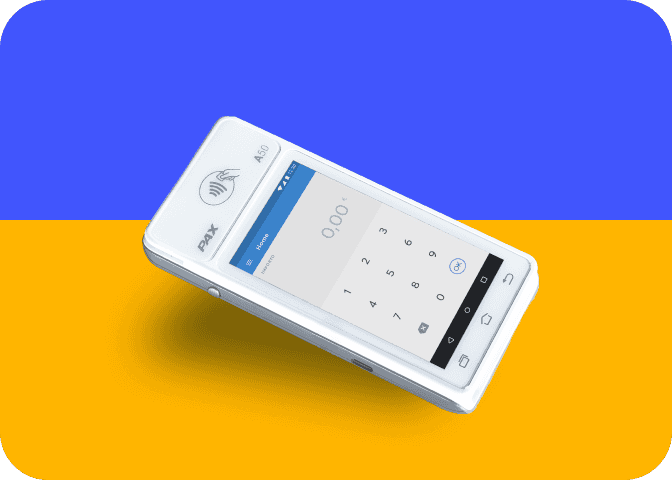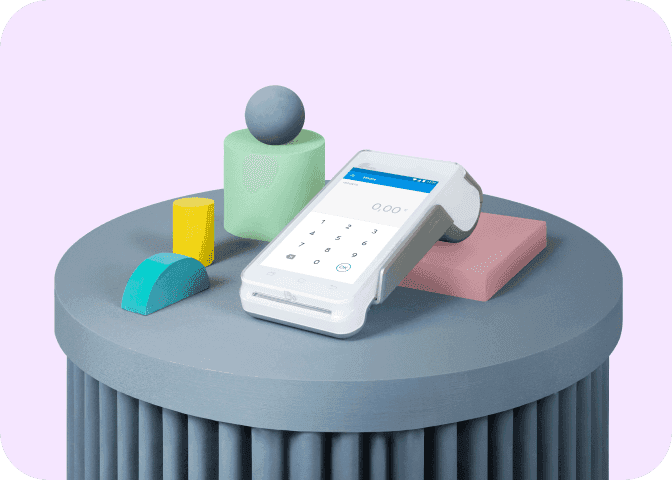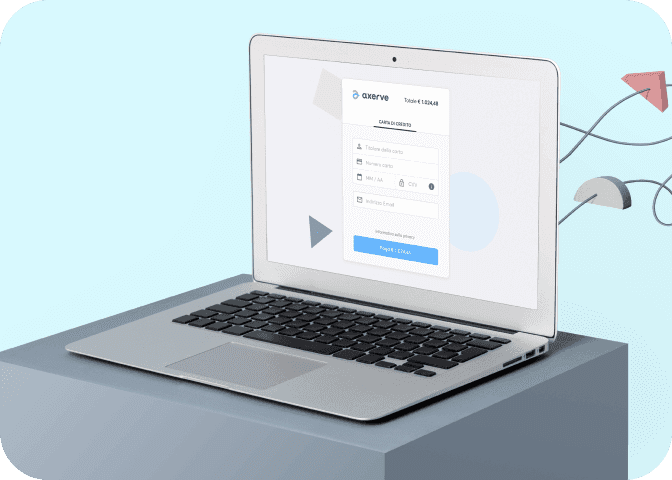Dichiarazione di accessibilità sito web per i Soggetti Privati di cui all’art. 3 comma 1 della legge 9 gennaio 2004, n.4
Dichiarazione
Fabrick S.p.A. - Piazza Gaudenzio Sella 1, 13900 Biella - Appartenente al Gruppo IVA Maurizio Sella S.a.a. - Partita IVA 02675650028 - Codice Fiscale 02654890025 si impegna a rendere il proprio sito Web accessibile, conformemente alla legge 9 gennaio 2004, n. 4. La presente dichiarazione di accessibilità si applica a: axerve.com
Stato di conformità
Parzialmente conforme
Questo sito web è parzialmente conforme ai requisiti previsti dall’appendice A della norma UNI CEI EN 301549 in ragione dei casi di non conformità elencati di seguito.
Contenuti non accessibili
I contenuti di seguito elencati non sono accessibili per i seguenti motivi inosservanza della legge 9 gennaio 2004, n. 4:
- Criterio: 9.1.1.1: alcuni contenuti non testuali presentati all'utente non hanno un'alternativa testuale equivalente che serva allo stesso scopo;
- Criterio: 9.1.2.1: per alcuni media preregistrati di solo audio o di solo video non sono fornite alternative per il tipo di media temporizzato che presenti informazioni equivalenti al contenuto di solo audio o di solo video preregistrato;
- Criterio: 9.1.3.1: alcune informazioni, strutture e correlazioni non sono state determinate programmaticamente oppure non sono disponibili in forma testuale;
- Criterio: 9.1.4.13: in alcuni casi, quando il passaggio del puntatore del mouse (hover) o il focus della tastiera rendono visibili e nascosti dei contenuti, non è disponibile un meccanismo per eliminare il contenuto aggiuntivo senza spostare il puntatore del mouse o il focus della tastiera, il puntatore non può essere spostato su contenuti aggiuntivi senza che questo scompaia oppure il contenuto aggiuntivo non resta visibile fino a quando l'evento hover o focus non viene rimosso, l'utente lo elimina o le sue informazioni non sono più valide, salvo alcune eccezioni previste;
- Criterio: 9.2.1.1: alcune funzionalità non possono essere utilizzabili tramite un'interfaccia di tastiera;
- Criterio: 9.2.4.1: manca un meccanismo per saltare i blocchi di contenuto che si ripetono su più pagine Web;
I criteri 9.1.1.1, 9.2.1.1, 9.2.4.1 qualora indicati come non rispettati, sono parzialmente o totalmente risolti dalla corretta configurazione della tecnologia assistiva “Accessiway” presente sul sito.
Redazione della dichiarazione di accessibilità
La presente dichiarazione è stata redatta il 28/06/2023.
La valutazione è stata effettuata mediante autovalutazione.
La dichiarazione è stata riesaminata da ultimo il 16/07/2025, rispettando la raccomandazione di riesaminare periodicamente (con frequenza almeno annuale) l’esattezza delle affermazioni contenute nella presente dichiarazione di accessibilità.
Feedback e informazioni di contatto
Per segnalare casi di difficoltà ad accedere ai contenuti del sito scrivere a: accessibile@fabrick.com.
Nella mail è consigliabile indicare:
- Nome e cognome;
- Indirizzo della pagina web o sezioni del sito o app oggetto della segnalazione;
- Descrizione del problema riscontrato (data e breve descrizione);
Non inserire dati personali (ad es. dati relativi alla propria disabilità).
Modalità di invio delle segnalazioni all’AgID
In caso di risposta insoddisfacente o di mancata risposta, nel termine di trenta giorni, alla notifica o alla richiesta, l’interessato può inoltrare una segnalazione ad AgID, tramite pec, al seguente indirizzo: protocollo@pec.agid.gov.it
Informazioni sul sito
- La data di pubblicazione del sito Web: 01/10/2019
- Sono stati effettuati i test di usabilità [Si/No]: No
Informazioni sulla struttura
- Il numero di dipendenti con disabilità presenti nell’amministrazione: 12
- Il numero di postazioni di lavoro per dipendenti con disabilità: dato non disponibile






